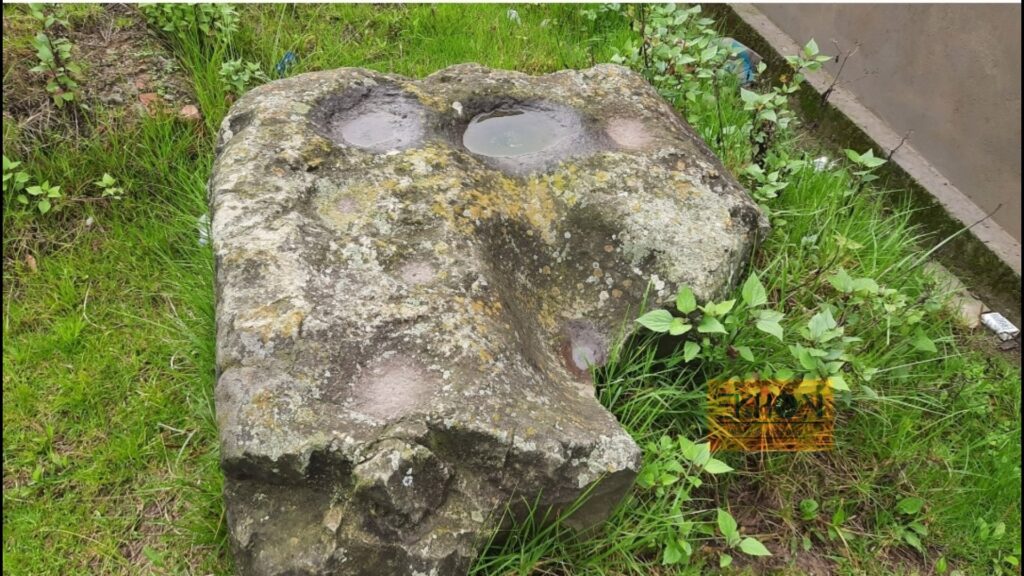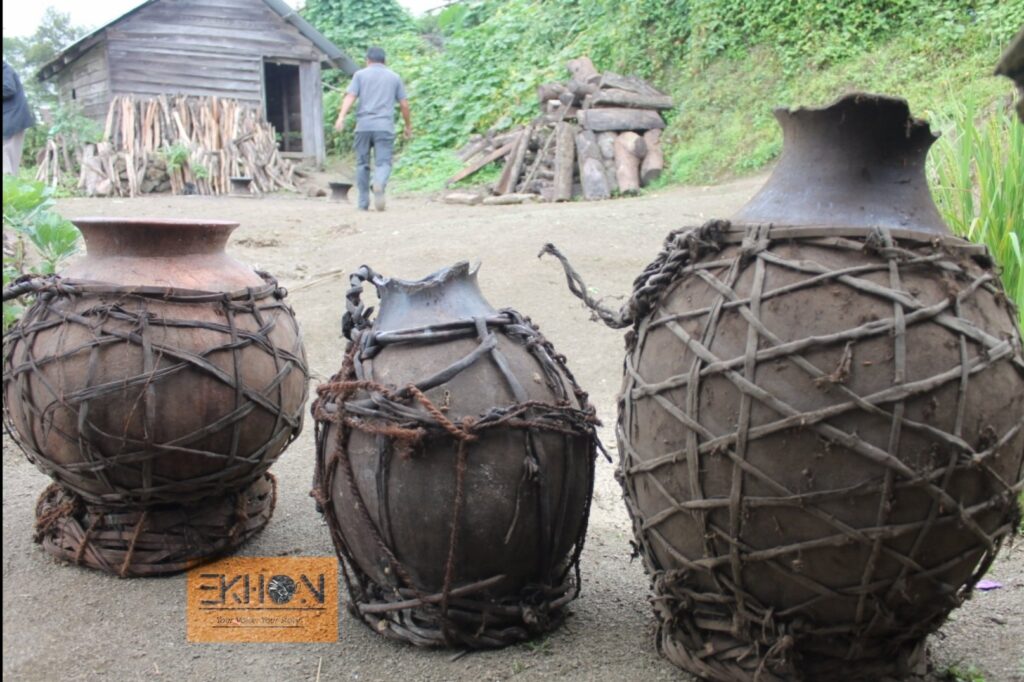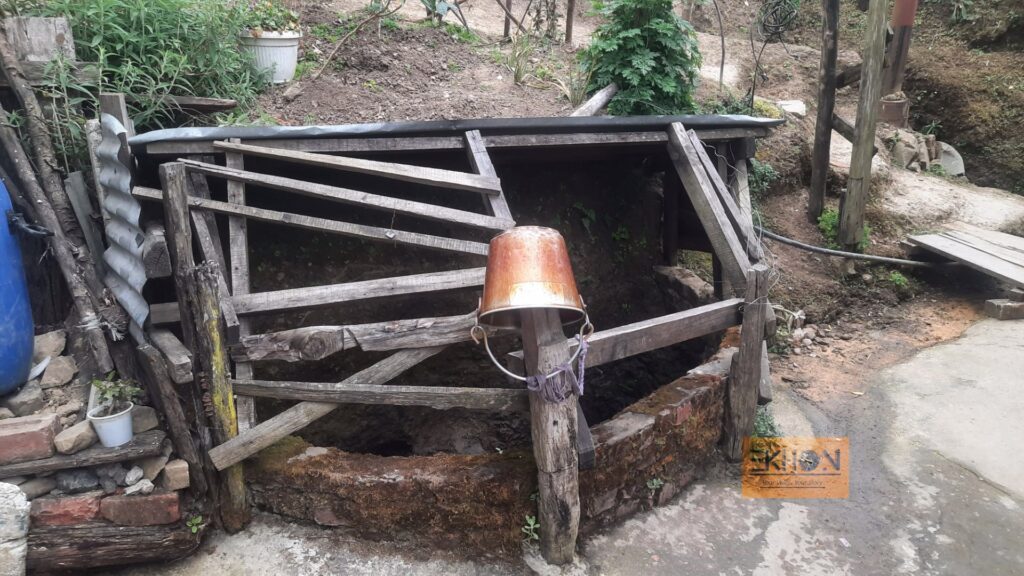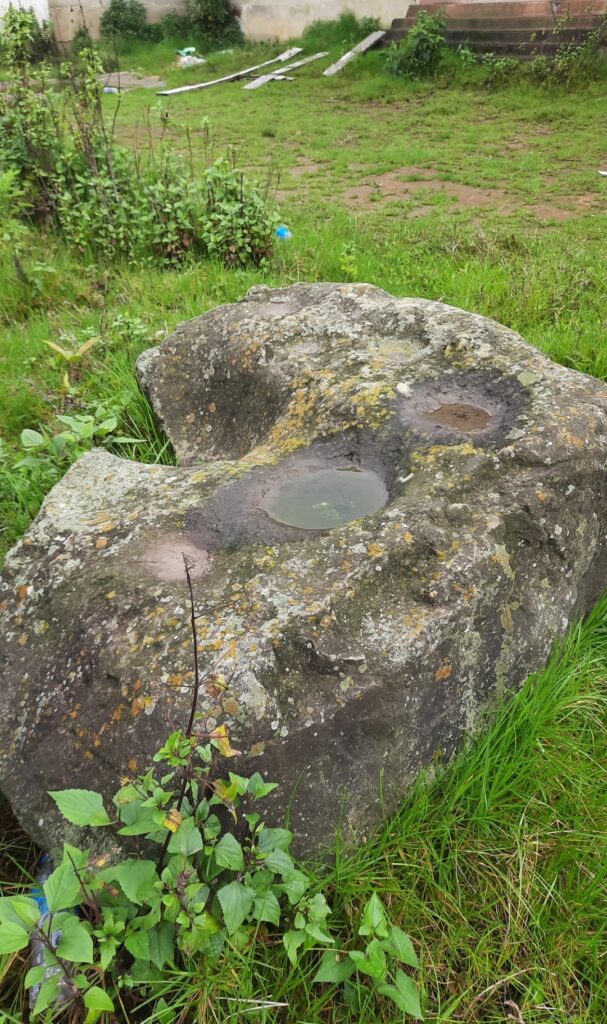By TS Angelus, Retired MCS
UKHRUL | EKHON: Somatocopically and somatomerically, the Tangkhul Nagas are of the Tibeto-Mongoloid origin, (²)who traced their nearest ancestral place to Makhel, (³) migrated from Taungdut, near Chindwin River in Myanmar then called Burma. (⁴) Makhel is a village in Senapati district of Manipur. From there they dispersed and the Tangkhul Nagas, ancestrally known as the Hao or Hou as some like to call it, took a winding route and finally reached Hungpung (Hundung) Phungrei and decidedly settled there. (⁵) The first group, traditionally led by the eldest of the tribe, Hungpung, (⁶)settled in the Tangkhul country about the early 14/15th centuries though their tribe finds a mention way back around 33 A.D. (⁷) The Tangkhul belong to the parent tribe, the Naga tribe, as tribe and nation it finds a mention even on the vedic period as early as 1000 BC then known as the Keratas, who were later addressed as the “Nagalog” by the Hindus, meaning the “Naked People” (⁸).
During the migration period, they followed the eldest and wherever he settled, there they arrived in patches and take their respective settlements in localities as the eldest, the chief decides. In the last sojourn, the first batch, led by the Hungpung Chief, came and settled at Phungrei plateau, the hilltop stretches fromPED/SP Office to Agri/Hort office sites. Kampha, now known as Sirarakhong, followed and settled at Kampha Kachui (hilltop) and it still is called Kamphasom Kachui. Shangshak also followed and came to settle somewhere in the Eastern aspect of the plateau, and we still have a site called Shangshak Rakhong, Shangshak Springwell. The number of people were great and the denizens all around the plateau, some trade-wise and clan-wise. This evidence was given by T.C. Hodson, who wrote that Hungpung is the centre of Tangkhul dispersion. (⁹)



Mention may be made herein that Hungpung Chief was exercising unrestrained independent power over the whole range, but when Hunphun people came to settle at Somsai, a conflict later arose over the boundary. In fact, they had settled amicably for quite many generations, Hungpung at Phungrei and Hunphun at Somsai. Intermarriage had also been there between the Chief’s families and villagers of Hungpung and Hunphun. Such being their closeness, they decided to settle their boundary issue by taking a walk early one fixed morning and the place where they would meet should decidedly be their boundary. Hunphun Chief got up very early, but Hungpung Chuef leisurely took time to drink and smoke his pipe. Then as he also started taking the promised walk, he met his in-law the Hunphun Chief, just few 100 yards from his house. But as promised, they decided that the place of their meeting should be the boundary. By coincidence, when they looked up they saw that the branches of two trees one each on either side of the hill depression were interlaced and they named that place THINGRASA, meaning ‘wedlock of trees’. It is so called even till date. (There are many living testimonies who have been verbally told about it). Perhaps it was a peaceful settlement through the Supernatural power’s intervention.
Now, the how and why the name HAMLEIKHONG came, is a matter of great interest, both for the historians and the archaeologists even so as much for archivists. The few industries and trades that the Ta6ancestors practiced were cotton spinning, loinloom weaving, blacksmith, cane and bamboo crafts and matting, wood and stone carving, dress cutting of terrace fields using indigenous skills, architecture etc. One particular trade was Pottery, and it still is, though only Longpi village make it now. Earthen pots were, for quite immemorial span of time, the only vessels used for holding/storing, carrying water, cooking, brewing and a host other purpose. Hence, they held this profession as very special. Aligned with this is also blacksmiths. Hence only few particular clans or chosen personalities undertake these professional trades, those days.
Pottery among the Tangkhuls were practiced by 3 (three) clans of Hungpung and Longpi villagers. (¹⁰) While potters of Longpi used lighter mortars of wood, the potters of Hungpung used rock mortars, HAMLEIKHONG. The reason may be because they used black rocks that are harder to crack and powder. (The stone is known as Marailung). Potters of Hungpung crack and powder the marailung BlackRock, then mix it with mud/clay by pounding them together, adding required amount of water, knead it well and bake it into clay sheet and manually shaped it into the desired shapes, forms and sizes. It is then dried and fired. The Tangkhuls make earthen pots by hands, they don’t use wheel. There are some potters in other areas who use only clay.

When T.C. Hodson writes that 3 (three) clan of Hungpung make pots, it can be assumed that they resided within a compact area, because they have to use the HAMLEIKHONG, rock mortars and these, they cannot shift from one place to another easily and to carry the clay and rocks is not a light task. By intuition or coincidence, the locality where these rock mortars are is also called Hamleikhong local. The Hamleikhong are still in this locality. The 3 (3) clans of Hungpung who make pots were Chahongnao, Yarzimnao and Varingnao. There are two of such hamleikhong rock mortars in Hungpung Hamleikhong even to this day. It is a matter of fortune that we still have such heritages, very rare archaeological artefacts. These hamleikhongs have been lying there unattended by anyone for generations together. Few, indeed, did recognized the values and importance of these hamleikhongs but blinded with short of means and ways and ideas. But they still are there, more valued as archaeological relics. One of these Hamleikhongs is inside the District Secretariat, kept in the southern corner to give way for site leveling when the building was under construction, and the other one is in the Eastern side of the Tourist Lodge, in the building plot of certain Mr. Paisho, but both are within the locality of Hungpung Hamleikhong.
These artefacts as also the site of location have tremendous historical and archaeological importance. They augur the prospect of opening a new chapter of development and civilization. These not only evidenced the economic activities and trades of the distant past, but they also are existing historical evidence of our ancestral habitation, culture and innovative lifestyles dating as far back as the early medieval period. This also evidenced the peopling of the area in days of old, having the sense of aesthetic geographical and topographical congenial landscape. This was their moments of hard decision for a permanent settlement taking into consideration the prosperities of their posterities, which we now are. The implements they invent and used, the industries they undertake and the agricultural farming and system of tracing all of their resolve to settle permanently. There is, therefore, an imperative necessity to save and preserve these historical and archaeological relics with proper protective structures and enclosures, in the place they were found, lest these be tempered by juvenile delinquents or work out due to exposures to sun and rain and inclement weather.
In view of these emergent predicaments, the attention of the concerned authority, say like Hungpung Village Authority, Government Authority like the Archaeological and Archive Dept. need be drawn to protect and preserve these archaeological and archive values.
REFERENCES:
- Comparative History of Nagas. (From Ancient period till 1826) by Roland Shimmi, page 81
- A brief historical account of Nagaland. NIC, M Alemchiba. Page 2
- The Naga Tribes of Manipur. By TC Hodson. Page 8
- A brief historical account of Nagaland. NIC, M Alemchiba. Page 21
- The Naga Tribes of Manipur. By TC Hodson. Page 14
- Living testimonies (words) of CM Nganingkhui, KSV Hangphui, VS Makanang, Shangshakhung, Kamphahung etc.
- A short history of Manipur. By Jhlaljit
- The Naga Tribes of Manipur. By TC Hodson. Page 8&9
- The Naga Tribes of Manipur. By TC Hodson. Page 8
- Art & Culture of the North -East Indi. By LP Vidyarthi. Page 82
- The Naga Tribes of Manipur. By TC Hodson. Page 47, see also page 41

First time it call Noga not ( Naga )
Noga means who are staying in a hilly areas